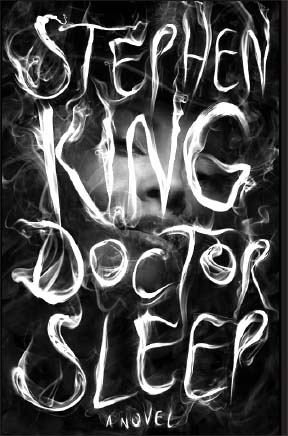Almost everyone has heard of “The Shining,” Stephen King’s 1977 masterpiece. It was immortalized in film, with a creepy image of Jack Nicholson’s face, in 1980. It was the novel that truly pegged King as a horror writer.

This past September, King released “Doctor Sleep,” the long-awaited sequel he had been hinting at since 2009.
As Wendy is healing from her injuries, the ghosts of the Overlook hotel find Danny. A flash forward take us to Dan’s current state: a recovering alcoholic like his father, living in New Hampshire and working in hospice care.
His psychic abilities help bring comfort to the dying, and with the assistance of a cat who knows when people are about to die, he becomes known as “Doctor Sleep.”
During this time a young girl named Abra (yes, as in “cadabra”) develops a telepathic bond with Dan. When Abra sees a hedonistic ritual preformed by the True Knot, a group of quasi-immortals who periodically feed on the psychic essence that children with “the shining” produce when they are tortured to death, she reaches out to Dan.
With the stage set for possible disaster or victory, King has so much room to play with. The direction that King takes the novel could have been obvious, but instead the various plot twists thrown in seem like a path of fate by the end of the novel.
Drawing heavily from “NOS4A2”( a novel by his son, Joe Hill) and “The Dark Tower: Gunslinger”, King references several of his old works and mythical towns while giving the story a modern update. The reader leaves the novel wondering, just like the novels predecessor, even though things are fine for now, the reader ends up asking:”what does the future hold?”
The hardcore fans of King’s literature should like the novel. King’s knack for making the unbelievable seem plausible in an alternate world that eerily echoes the reader’s own is used in almost every chapter of the novel. People who are not familiar with King’s writing should probably at least pick up “The Shining” first before jumping into this sequel.